Feeding kittens - nutrition tips
Kittens develop extremely quickly. This is why you need a special kitten food that provides them with optimum support in this sensitive growth phase.
Diet in the first few weeks
Shortly after birth, the mother helps her little blind kittens to find the way to her teats, so that they can immediately start drinking. In the first few days they receive a special milk (colostrum), which has a particularly high energy content and contains special antibodies. This is a kind of vaccination by the mother cat and strengthens the kittens’ untrained immune systems. From day 4, the transition to the mother’s “normal” milk takes place, which is still full of nutrients. This ensures that the kittens’ body weight can multiply within just a few weeks. However, it must be ensured that the mother receives enough food so that she can produce an adequate supply of milk. In the first 4 weeks of the kittens’ lives, they mainly drink and sleep. This changes, however, as they grow older: The kittens become increasingly active and their energy requirements increase accordingly. The mother’s milk is no longer enough and it is important to use a suitable kitten food.
Getting used to solid foods
When kittens are around four weeks old, the mother's milk production is no longer sufficient to fully cover the kittens’ nutritional needs. The breeder now starts to give them solid food. This will be in the form of a high-quality kitten food.
Over the next weeks, the proportion of kitten food to breast milk is gradually increased until the kittens are 12 weeks old. Due to their small stomachs, the kittens can only cope with small portions. In the initial stage, it is therefore important to provide the kittens with four to five meals a day.
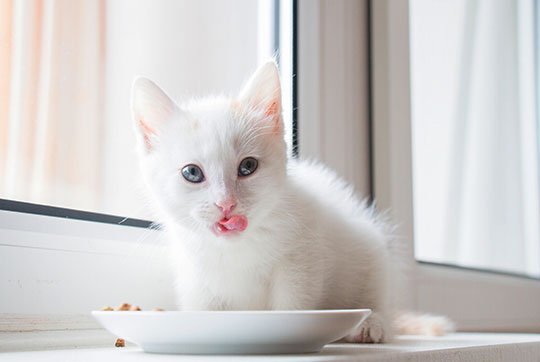
Feeding kittens in their new home
Most kittens move into their new homes aged 12 to 14 weeks. This does, of course, involve being separated from their mother and siblings. The kittens have to get used to a strange new environment and new people. This is a very unsettling and exhausting experience for the kittens, which is why no new food should be introduced during the familiarisation phase. It could otherwise cause diarrhoea or vomiting. Ask the breeder or the animal shelter what food the kitten has been given up to now and equip yourself with a small supply.
How does the changeover of food work?
If you want to change your kitten’s food, please wait until the kitten has settled into its new home well and has gained confidence. As soon as this is the case, you can gradually mix the food of your choice with the previous food. Start with small quantities and continuously increase the proportion. In this way, the kitten’s stomach and intestines can get used to the new food. Observe how well the kitten accepts the food: not every change of diet works right away. The transition phase may have to be extended.
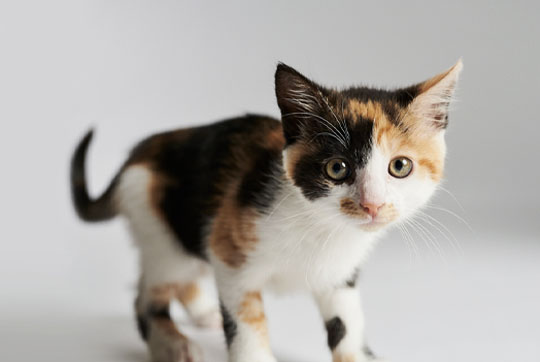
How often should kittens be fed?
To ensure a carefree start to their lives, kittens should have everything they need. The amount of food kittens require depends on their breed, their age and above all their temperament. Kittens who spend a very long time sleeping need less food than those who are little bundles of energy. Baby fat must be avoided just as much as it should be with adult cats. The best thing to do is to follow the feeding recommendations on your kitten food. The recommended daily intake always takes into account the age and weight of the kittens, and should be spread over several portions a day. Start with four to five meals a day, and reduce this to two to three a day in the first year of your kitten’s life. The transition to food for adult cats usually takes place at the age of one year. Make sure that you carry out this changeover slowly and continuously.
You may also like this

Good cat food
How to recognize a good cat food
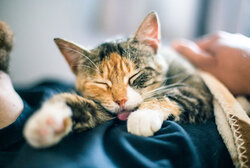
My cat isn’t drinking
Find out if your cat is not drinking enough
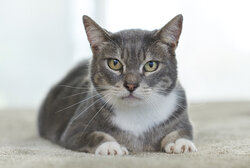
Allergies in cats
Typical signs of allergies in cats
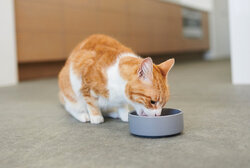
Feeding your cat
Tips on food and a healthy diet
